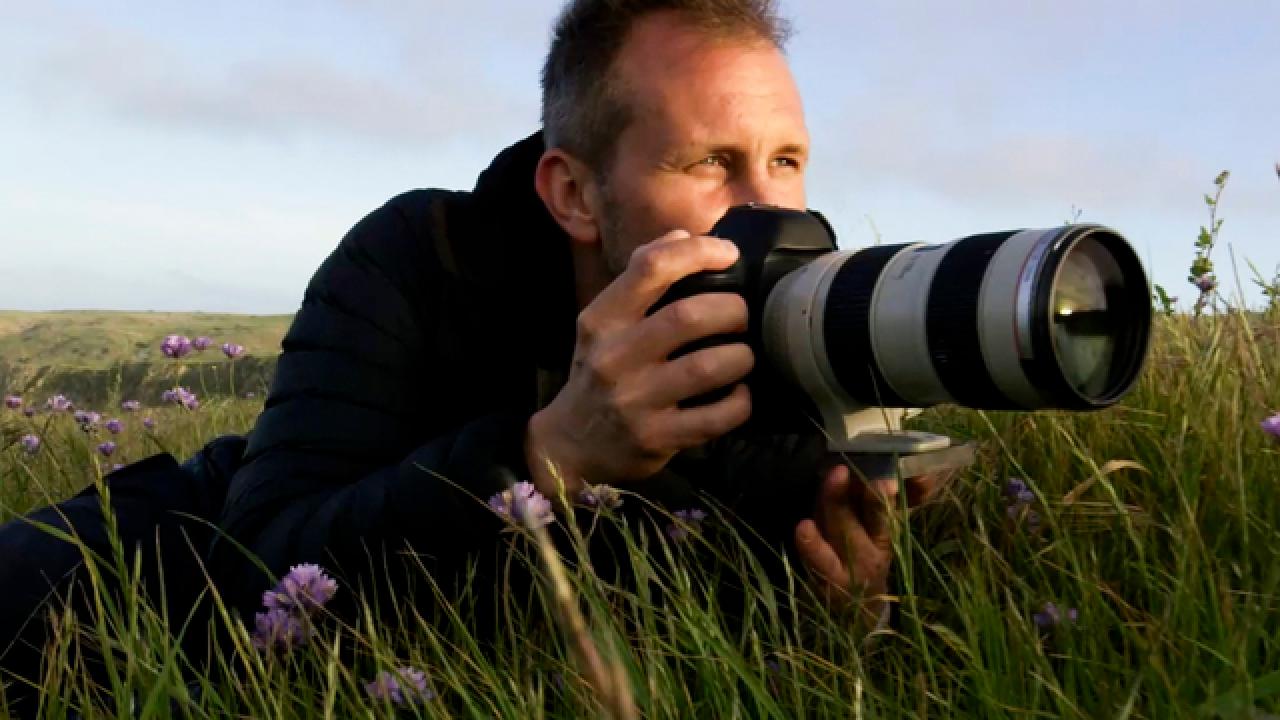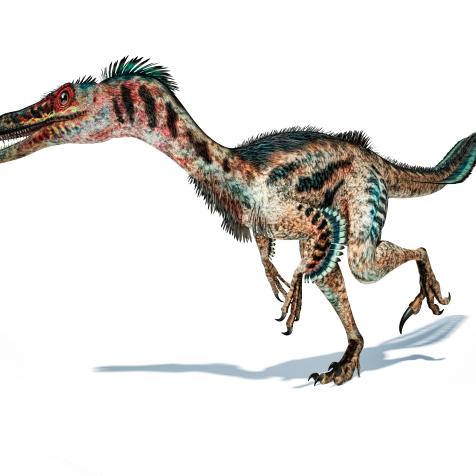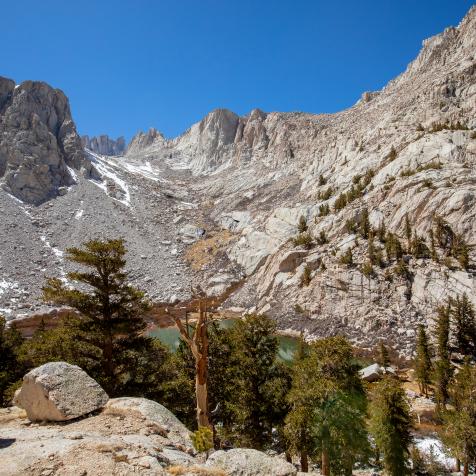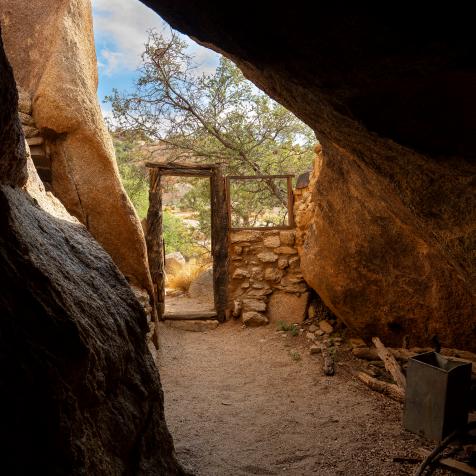
Ian Shive
Year in Review: Nature in Focus Adventures

For many years I've looked back on the year in review and thought about all of the incredible adventures I've experienced and this year is no exception.
From dropping my talented and amazing conservation friend and real-life mermaid Linden Wolbert into the Pacific Ocean with hundreds of (harmless) Leopard Sharks to racing the fastest two-legged animal in the world, the Ostrich, there was no shortage of extraordinary, one-of-a-kind photography opportunities, and plenty of laughs along the way.

In the past I've focused on recapping the outtakes, but this year I want to focus a little bit on the people who made it all happen. This time of year is about more than just celebrating success, but saying thanks to all of those who helped make these episodes possible. When something looks easy, it usually means there are a bunch of talented people behind the scenes making it happen.
Nature in Focus Photos
All of our shows are not only featuring me and my photography, but I also write all the episodes. Afterall, it has to sound like me, so it may as well be me putting words in my own mouth. All of the episodes are then produced by my company, Tandem Stills + Motion, Inc. Every shoot has at least one camera operator and all-around field operations person, otherwise I'd be bumbling around trying to film myself while also taking photos. I only have two hands! Dante Fernandes has been in the field with me for six years, putting up with every possible weather situation and countless seasickness situations than you can imagine. For many of the shoots the last year or so, his brother has also joined, Thane Fernandes. I call them the Fernandi. All this incredible footage also needs to have a strategy for how to process it and then edit it into a story, all of that is done by our head of post production Ian Maliniak, who has been in this role for more than 10 years! Are you seeing a trend here? Two Fernandes, two Ians. Dante also steps up when not in the field and constructs many of the videos, too. It has become a well-oiled wheel.
Depending on the shoot, we are also supported by a lot of other people, too. Like "drone dude" Trystan Snodgrass and drone pilot Daina Buchner who flew capturing beautiful shots for the Shark Week episode, and of course the people who are on camera with me, like Mermaid Linden! We are so lucky to have so many biologists, veterinarians, field guides, camera operators, sound operators, producers that there are just too many to list! And of course the entire team at Discovery and especially our Executive Producer Christina Bavetta, who watches every single rough cut and helps us be even better at what we do with her incredible insights and production notes.
So as you watch this year in review, don't just enjoy the beauty and humor of these adventures, but also give a thought to all the people behind the scenes who make it happen! I can't wait to see you soon in 2023!



















